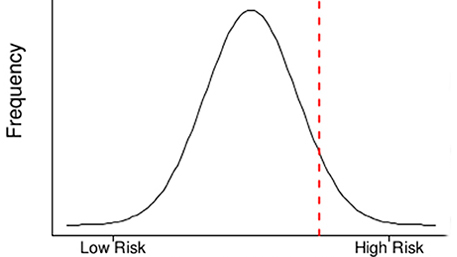
11/16/2021
Hot Topics of the Day are picked by experts to capture the latest information and publications on public health genomics and precision health for various diseases and health topics. Sources include published scientific literature, reviews, blogs and popular press articles.
Sign up MyPHGKB to receive the daily hot topic email alert.
Archived Hot Topics of the Day By Date
Comparative Effectiveness of an Automated Text Messaging Service for Monitoring COVID-19 at Home
MK Delgado et al, Ann Int Med, November 16, 2021
Curating, collecting, and cataloguing global COVID-19 datasets for the aim of predicting personalized risk
SG Khatami et al, MEDRXIV, November 15, 2021
Precise blood proteome profiling in an undiagnosed population with COVID-19.
C Fredolini et al, MEDRXIV, November 16, 2021
Neutralisation of SARS-CoV-2 Delta sub-lineage AY.4.2 and B.1.617.2+E484K by BNT162b2 mRNA vaccine-elicited sera
R Lassauniere et al, MEDRXIV, November 16, 2021
Happy Thanksgiving 2021! Family Health History in the COVID-19 Era
RF Green et al, CDC Blog Post, November 16, 2021

Dutch Pharmacogenetics Working Group (DPWG) guideline for the gene-drug interaction between CYP2C19 and CYP2D6 and SSRIs
JMJL Brouwer et al, EJHG, November 16, 2021
Responsible use of polygenic risk scores in the clinic: potential benefits, risks and gaps
Polygenic Risk Score Task Force of the International Common Disease Alliance, Nature Medicine, November 15, 2021
Disclaimer: Articles listed in Hot Topics of the Day are selected by Public Health Genomics Branch to provide current awareness of the scientific literature and news. Inclusion in the update does not necessarily represent the views of the Centers for Disease Control and Prevention nor does it imply endorsement of the article's methods or findings. CDC and DHHS assume no responsibility for the factual accuracy of the items presented. The selection, omission, or content of items does not imply any endorsement or other position taken by CDC or DHHS. Opinion, findings and conclusions expressed by the original authors of items included in the Clips, or persons quoted therein, are strictly their own and are in no way meant to represent the opinion or views of CDC or DHHS. References to publications, news sources, and non-CDC Websites are provided solely for informational purposes and do not imply endorsement by CDC or DHHS.
- Page last reviewed:Feb 1, 2024
- Page last updated:Apr 21, 2024
- Content source:





